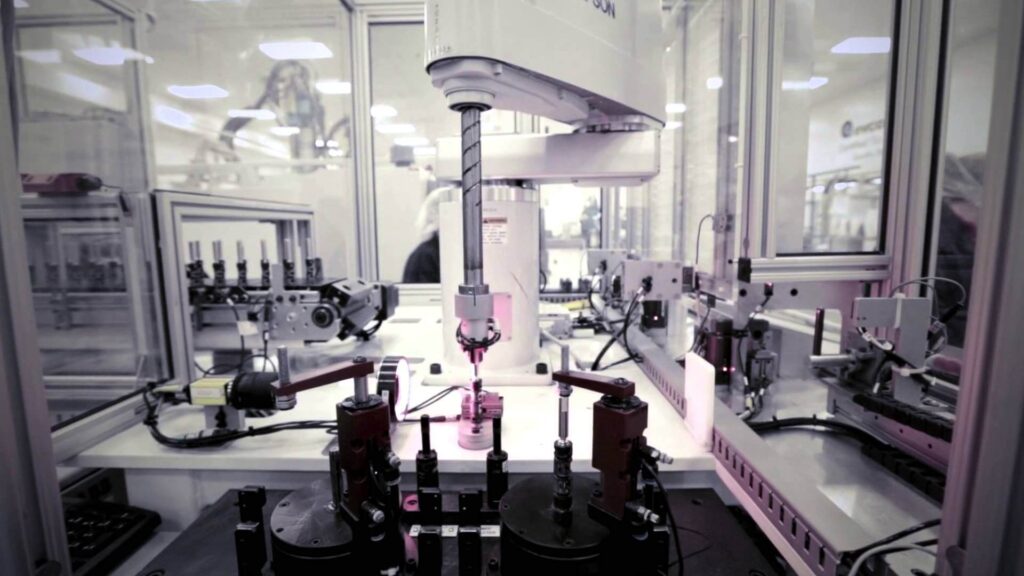Getting ISO 13485 Certified in Minneapolis, Minnesota (MN)
ISO 13485 is a voluntary structure that sets out legal guidelines for medical device manufacturers. This provides companies a method to satisfy their customer and regulatory criteria. The international standard for meeting the specifications of medical instruments is being generally recognized across the globe.
The main aim is to provide a harmonized model for quality management system requirements on the international market, since different countries may have different standards. Although it remains a distinct document, ISO 13485 is in practice harmonized with ISO 9001.
This contains specifications for certain basic medical equipment, with a focus on:
- Developing and recognizing regulatory requirements as a responsibility of management.
- Controls the working environment to maintain the safety of the workers.
- Reflect on the methods of risk management during product growth, and the activities of design transformation.
- Specific standards for safety and traceability of implantable devices
- Clear specifications for recording, and procedure confirmation of sterile medical systems.
- Specific guidelines to test the success of measures toward reform and prevention.
Compliance with ISO 13485 is also seen as the first step in meeting European Union regulatory requirements. We have no preconceived ideas about how, by International Certifications, you will apply quality assurance to your business. It is your company and you decide how to better fulfill the relevant quality standards. Our task is to assess if the management system really reaches the appropriate level regardless of how you’ve done it!
A customer-oriented approach to product development.
These standards state that you are defining a system for implementing medical equipment for [RM1] usability. This approach can be incorporated into device architecture, engineering, and risk control systems. A user-centric approach for developing products implies that it is safe, effective, and convenient to use. Defining implementation conditions, project layout, and intended uses will help guide decisions about architecture, and eventually maximize user adoption. It is necessary to conduct error analysis and use case studies at each key stage of development to identify possible hazards early and frequently.
Early integration of users into the design of the system would prevent product owners from spending large sums of money on designing and developing a product that either does not meet the expectations of the user or could damage them through use (which often goes hand in hand with careful risk analysis).

The product development phase is exposed to external reviews of its quality.
The incorporation into the legislative system of routine unannounced audits has recently been implemented. What this means is that as an ISO certified production partner you are subject to regular visits from your standards organization to monitor the efficiency and enforcement of your quality management system. This degree of openness greatly reduces the pressure and uncertainty encountered by the design, construction, and manufacturing partners or organizations.
ISO 13485:2016 establishes requirements for the quality assurance system where an organization intends to demonstrate the capacity to produce medical devices and related services that consistently satisfy customer preferences and regulatory criteria unique to medical devices and related services.
Any other substance which has no medicinal or clinical uses (borderline products, such as cosmetics, natural goods, dietary aids, make-up devices, etc.) or which is not specifically related to the treatment or reconstruction of the health status of people, can not be listed as a medical device.

